The Design and Implementation of the FreeBSD Operating System
豆瓣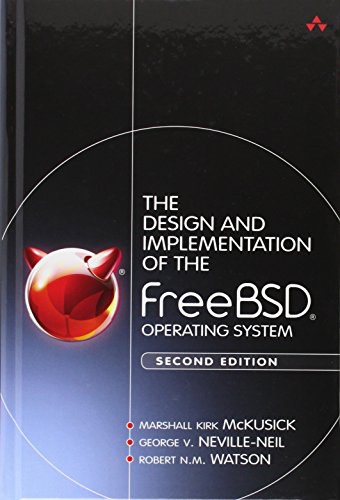
Marshall Kirk McKusick / George V. Neville-Neil …
简介
The most complete, authoritative technical guide to the FreeBSD kernel’s internal structure has now been extensively updated to cover all major improvements between Versions 5 and 11. Approximately one-third of this edition’s content is completely new, and another one-third has been extensively rewritten.
Three long-time FreeBSD project leaders begin with a concise overview of the FreeBSD kernel’s current design and implementation. Next, they cover the FreeBSD kernel from the system-call level down–from the interface to the kernel to the hardware. Explaining key design decisions, they detail the concepts, data structures, and algorithms used in implementing each significant system facility, including process management, security, virtual memory, the I/O system, filesystems, socket IPC, and networking.
This Second Edition
• Explains highly scalable and lightweight virtualization using FreeBSD jails, and virtual-machine acceleration with Xen and Virtio device paravirtualization
• Describes new security features such as Capsicum sandboxing and GELI cryptographic disk protection
• Fully covers NFSv4 and Open Solaris ZFS support
• Introduces FreeBSD’s enhanced volume management and new journaled soft updates
• Explains DTrace’s fine-grained process debugging/profiling
• Reflects major improvements to networking, wireless, and USB support
Readers can use this guide as both a working reference and an in-depth study of a leading contemporary, portable, open source operating system. Technical and sales support professionals will discover both FreeBSD’s capabilities and its limitations. Applications developers will learn how to effectively and efficiently interface with it; system administrators will learn how to maintain, tune, and configure it; and systems programmers will learn how to extend, enhance, and interface with it.
其它版本
-
 FreeBSD操作系统设计与实现(第2版) 英文版 人民邮电出版社 2016
FreeBSD操作系统设计与实现(第2版) 英文版 人民邮电出版社 2016 -
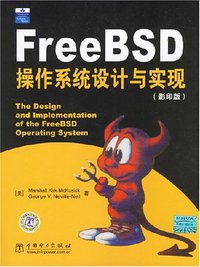 FreeBSD操作系统设计与实现 中国电力出版社 2008
FreeBSD操作系统设计与实现 中国电力出版社 2008 -
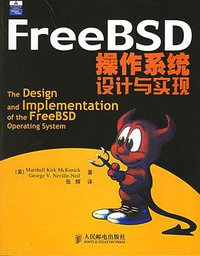 FreeBSD操作系统设计与实现 人民邮电出版社 2006
FreeBSD操作系统设计与实现 人民邮电出版社 2006 -
 The Design and Implementation of the FreeBSD Operating System Addison-Wesley Professional 2004
The Design and Implementation of the FreeBSD Operating System Addison-Wesley Professional 2004 -
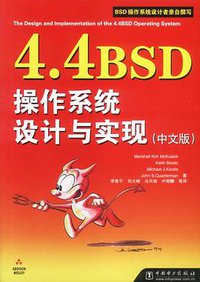 4.4BSD操作系统设计与实现(中文版) 中国电力出版社 2003
4.4BSD操作系统设计与实现(中文版) 中国电力出版社 2003 -
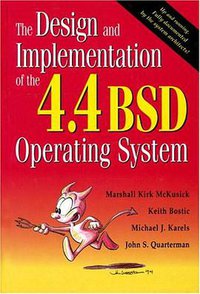 The Design and Implementation of the 4.4 BSD Operating System Addison-Wesley 1996
The Design and Implementation of the 4.4 BSD Operating System Addison-Wesley 1996